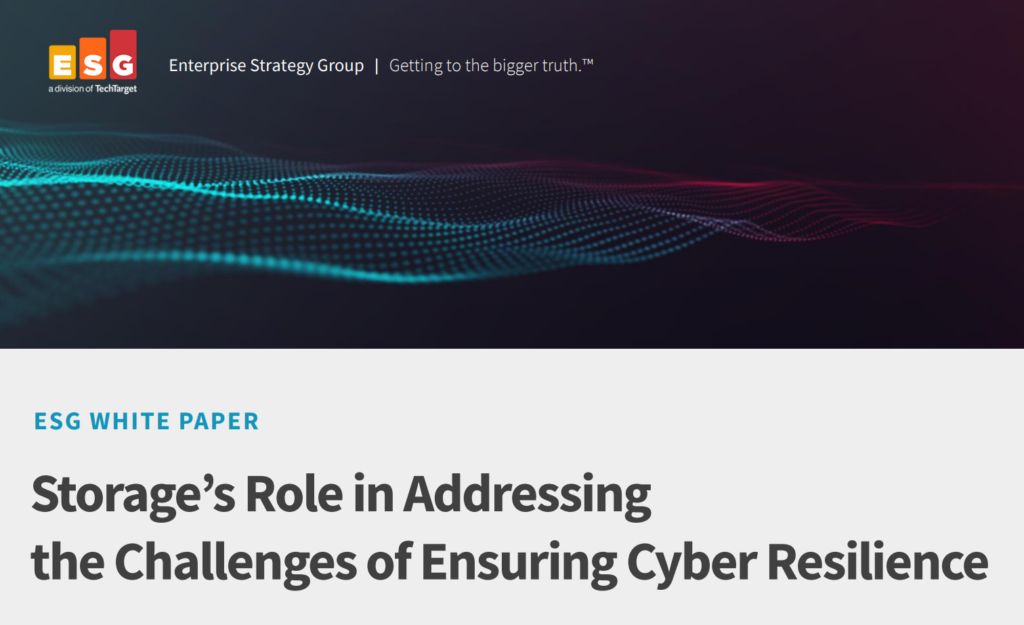
Data’s role as a transformational business asset continues to grow. This article helps you understand its value further, and some insights in how to protect it.
Thanks to increasing investments in application development; modern DevOps practices; and heightened business intelligence, analytics, and machine learning demands, nearly all businesses are accelerating data creation and usage. They are also scaling the number of locations that leverage data. This proliferation of data combined with mounting pressure to accelerate operations has led to an increase in the complexity of both IT infrastructure and IT operations.
Such factors put organisations and their infrastructures at great risk of experiencing malicious attacks, human error, and negligent behaviour. Unfortunately, legacy strategies cannot adequately ensure that business operations will continue during and after these types of incidents. Companies can try to weave together capabilities in an attempt to prevent attacks and other breaches, but functional gaps, poor integration, and management complexity make meeting security objectives time-consuming and difficult.
Changing organisational mindsets from prevention to incident preparation—e.g., implementing storage solutions with built-in cyber resilience—is key to safeguarding critical data assets and being able to quickly respond to and recover from ransomware and other cyberattacks.
So what’s next?
This analyst report from ESG outlines how to shift from Cybersecurity to Cyber Resilience with IBM.
▶ Download the analyst report.






